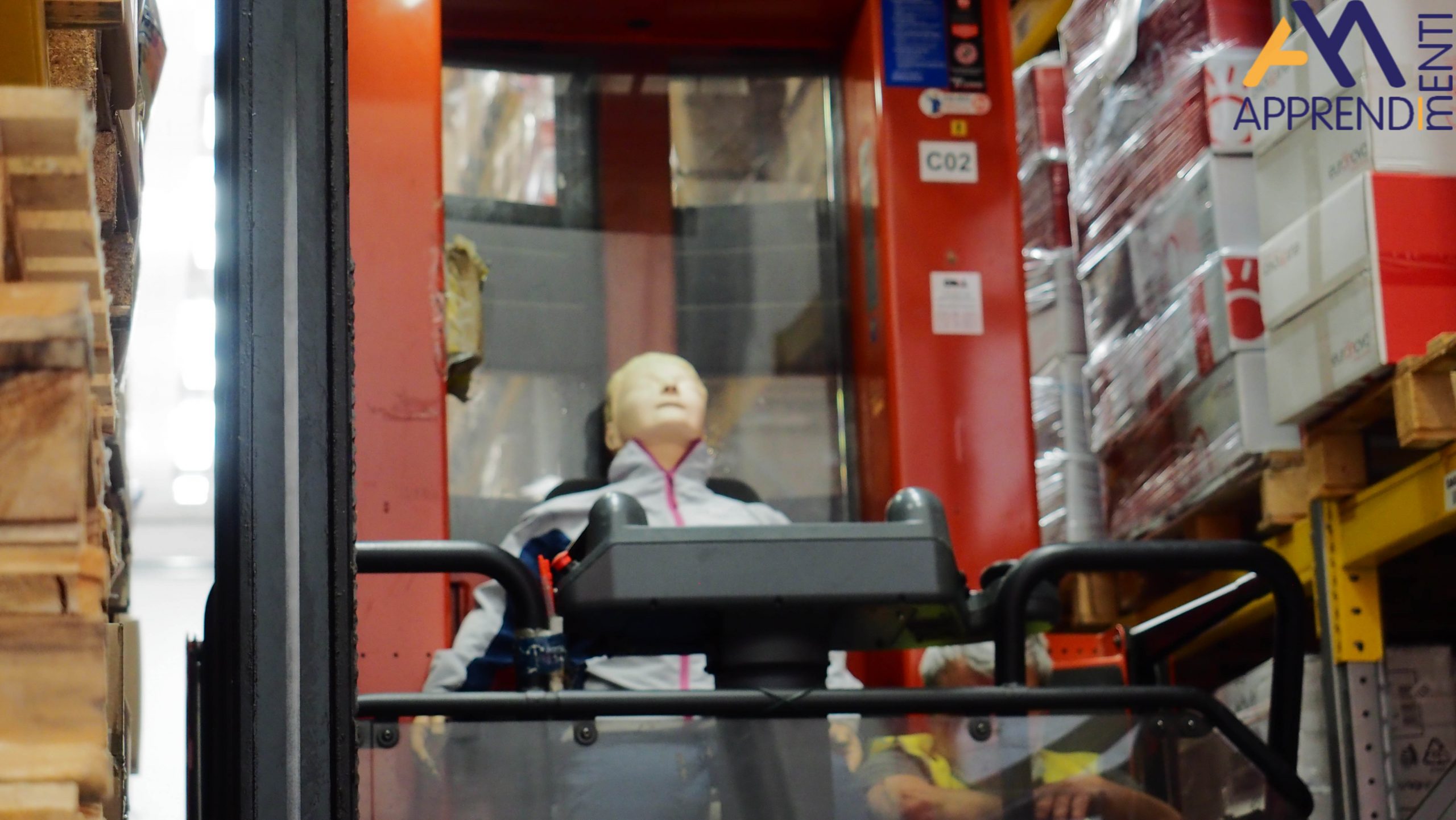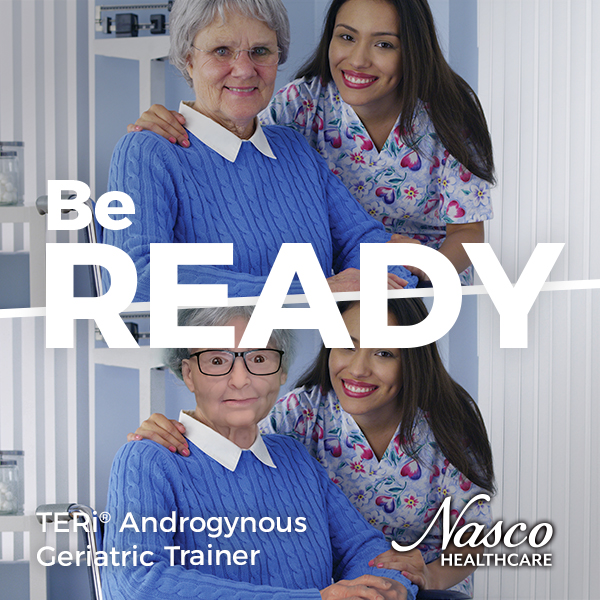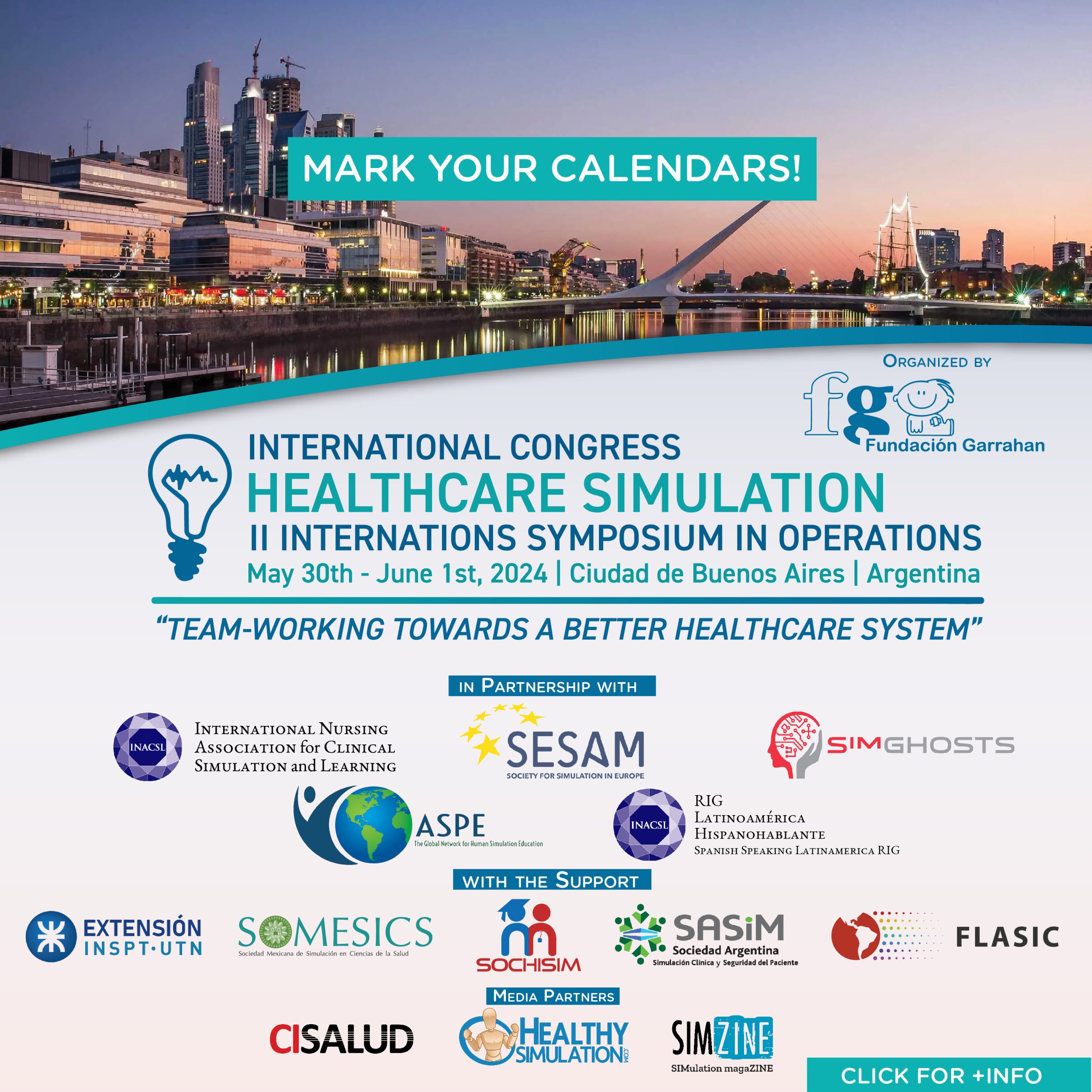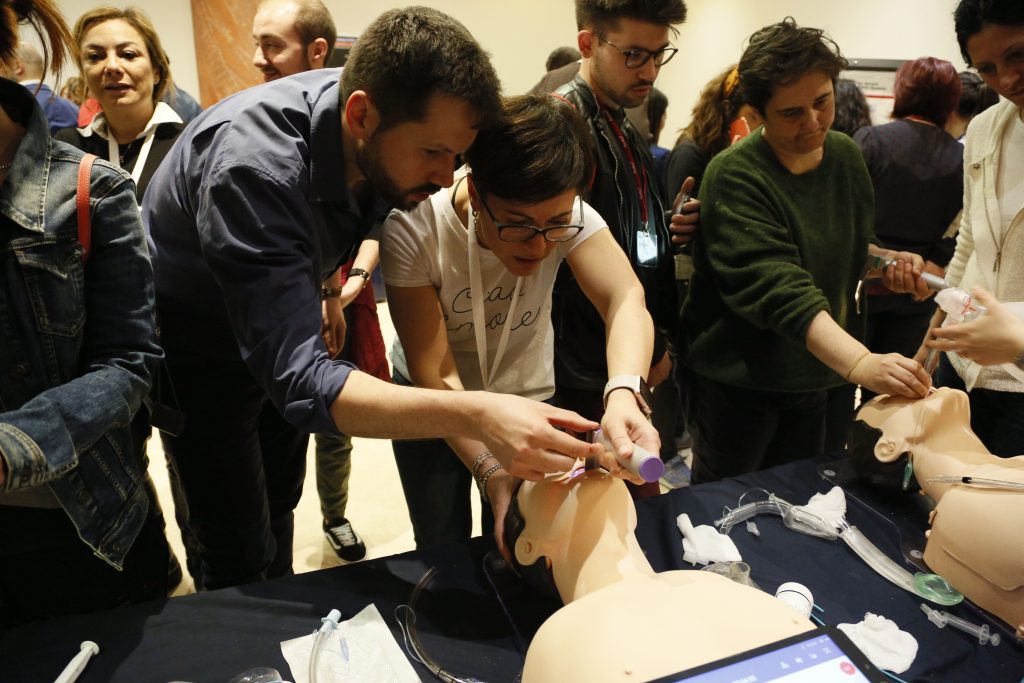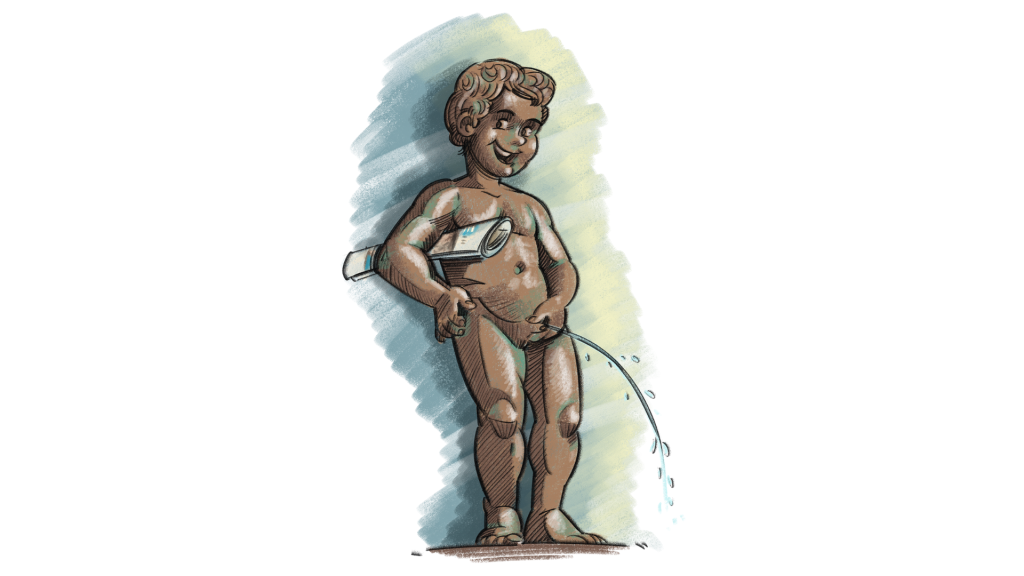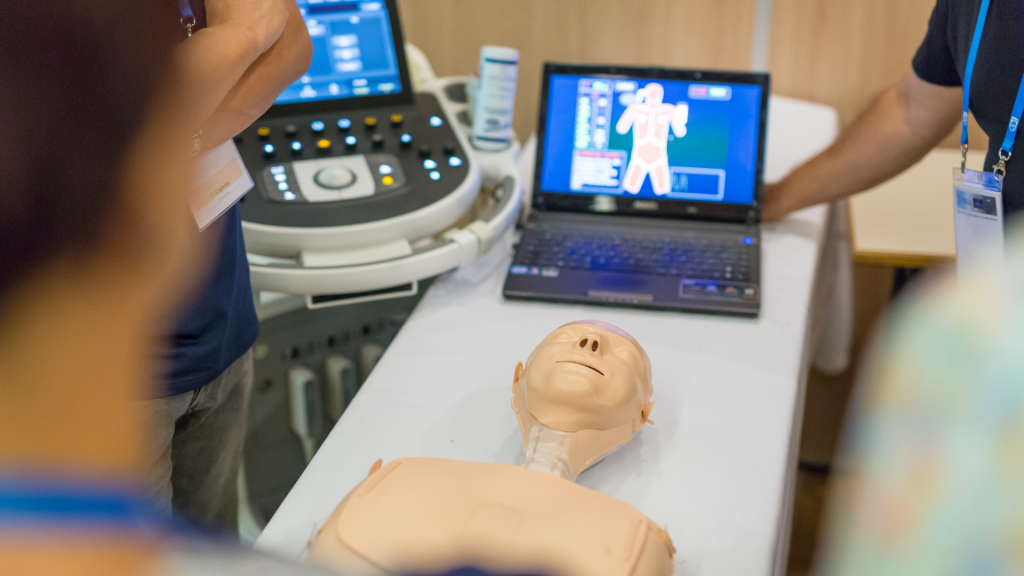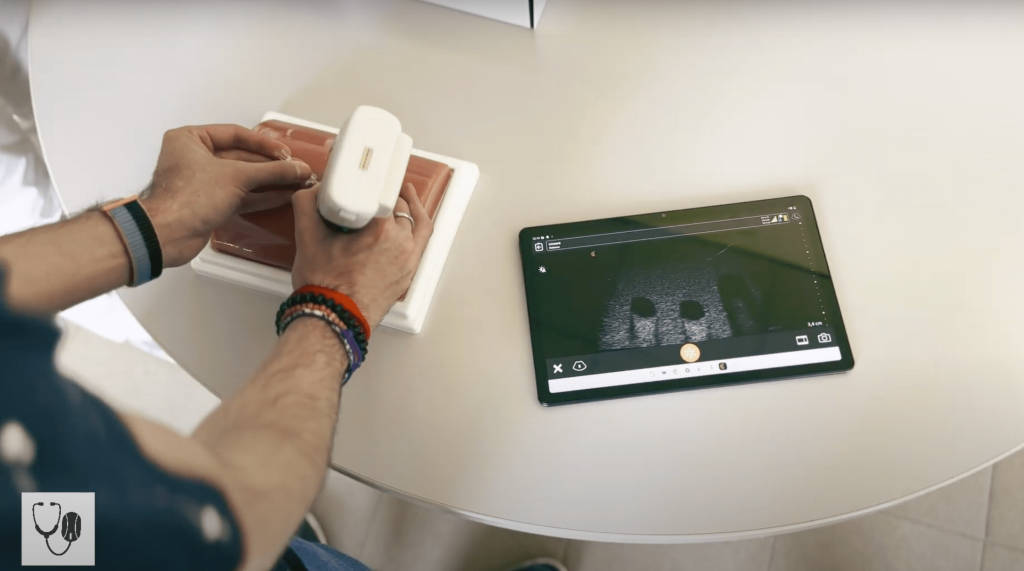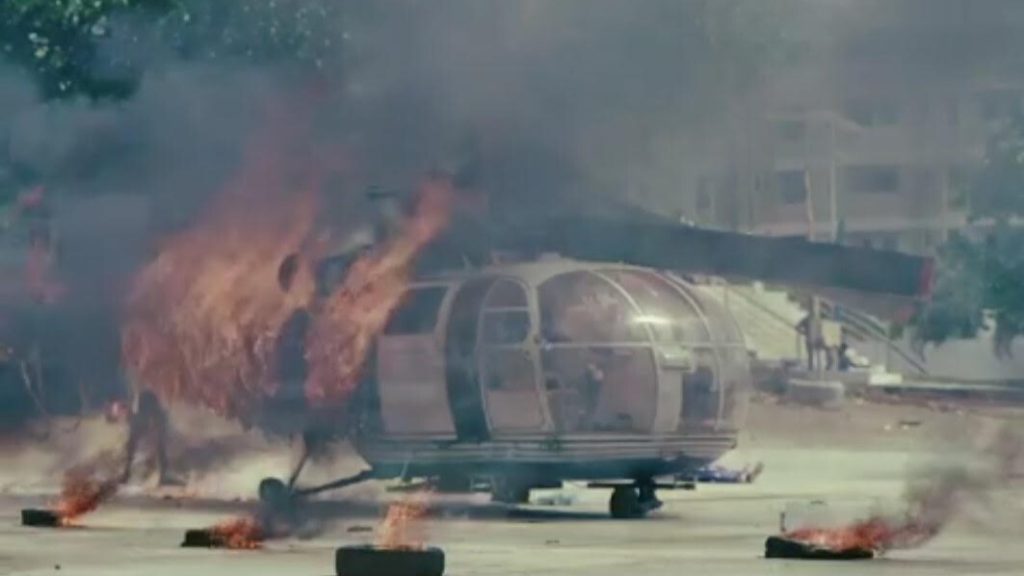In-company training can become attractive and be perceived as extremely useful. Is it enough to organize immersive simulation scenarios?
Corporate training is often perceived as an unnecessary and expensive obligation by the employer and a boring and superfluous event by the workers.
Staff at many companies have been forced to work remotely during the recent pandemic period. The return to face-to-face work was an opportunity to try to disprove this myth regarding First Aid training.
Thanks to the foresight of the “bonprix” property and the availability of the company’s Prevention and Security Service, we have taken the simulation to the production plant.
Given the need for the personnel that had been in smart-working to return to the headquarters, measures were taken to organize a series of meetings for the company’s emergency teams, which had already been previously trained in accordance with current legislation, but they were obviously not used to practical intervention and not trained in simulation.
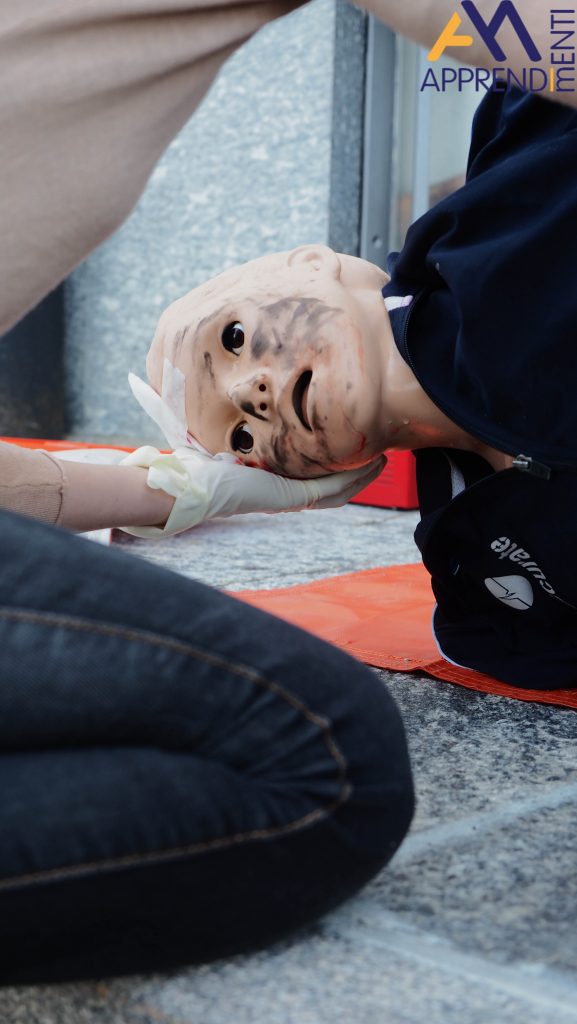
The meetings served to refresh the technical notions related to interventions, but also to consolidate the concept of team intervention putting everything into practice during classroom simulations.
The lessons were given by various territorial specialists in emergencies and fire prevention and by the person in charge of the company’s Prevention and Protection Service.
The final moment, at the end of the training days, was called “The Awakening of Security“, a moment that involved all the personnel who work at the company’s headquarters, in the offices, in the two factories, in the workshop and warehouse.
The conference was organized with a succession of 12 simulated scenarios on a full scale, with medium-fidelity manikins and simulated patients.
The emergency teams were put to the test in probable situations such as, for example, an accident with a forklift, with a spill of battery acid and head trauma of the driver; the heart attack and consequent cardiac arrest of the operator of a “vertical” warehouse trolley, training the team both in the forklift release and recovery maneuver, as well as in handling the cardiac arrest scenario and the use of the semiautomatic defibrillator.

Other scenarios have seen the large-scale involvement of office staff, with the simulation of events such as the start of a fire in a small warehouse next to the workstations and therefore with the immediate evacuation of all building staff. The emergency teams in this scenario were faced with both managing and extinguishing the fire and evacuating a colleague who fell and was injured in the escape.
Another similar scenario, that is, the start of a fire, instead occurred in another building that housed the offices of the CED and the corresponding technical rooms. In this case, the teams had to manage the evacuation of a colleague with reduced mobility and a colleague intoxicated by smoke.
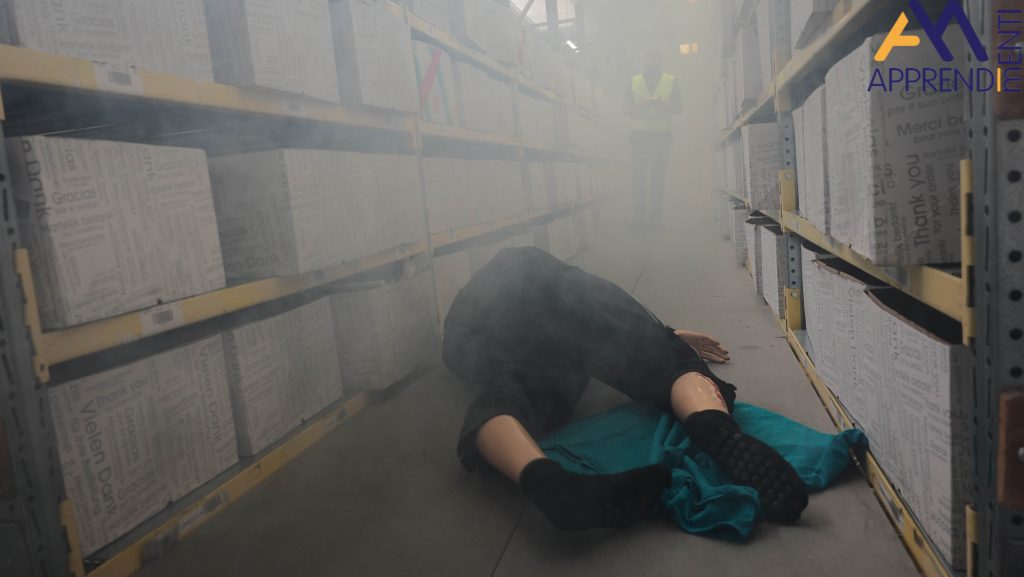
All these simulations aroused the curiosity of the personnel who only witnessed the event, while the participants involved in the evacuations were positively impressed by the implementation of the company’s procedures.
From many people who attended the event, the request arose to implement the training, thus expanding the audience of trained operators, and to repeat the experience with the simulated scenarios.
The emergency teams highly valued the usefulness of putting into practice what was discussed and learned in the classroom, although with limits, and being put to the test both as individual professionals and as an emergency team, even in complex situations.
READ ALSO



